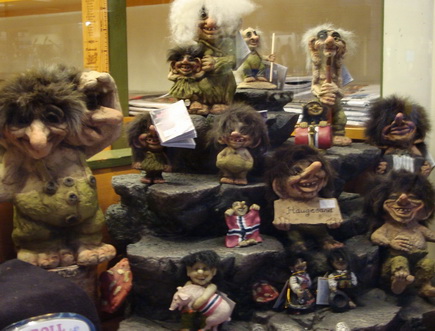
‘Real love stories never have endings’ – Richard Bach
A Classic Tale of Love and Hate
On 13 January 2010 at 12.10 precisely, my friend Jack calls me to announce he’s resigned with a new job ready to start in March. Jack has been unhappy in his old job for over a decade. You’re probably thinking to yourself, ‘That’s your typical Man-Gets-Paid-To-Do-A-Job-He-Hates story. So what?’ and you’d be right. Except that’s not where the story ends.
Ever since Jack handed in his resignation, he’s taken on more responsibility and become more assertive. His colleagues tell me how he’s been helping to deliver more value to the organisation in the last 20 days than he has ever done in the past 10 years. Intrigued by this mysterious twist in the plot, I call Jack.
‘I’m not sure what’s happened really,’ says Jack. ‘The day after I handed in my resignation, I had an epiphany. You know I’m not a religious bloke. I just figured out that, instead of ekeing out my existence during my notice period, I would do what I’ve been meaning to do for a decade. A good job. By that I mean, make my voice heard. Share my ideas with people even if they’re a bit out there. After all, my boss can’t sack me anymore.’
Know Yourself
Stephen King says, ‘If you love what you do, you can do it forever.’ First you need to know what it is you love doing. Then find out what makes it so lovable. Richard Bolles, author of ‘What Colour is Your Parachute’, outlines an exercise in his book for coming up with your ideal job profile (aka job description). They are:
- Your favourite interests
- Geography – where you like to work (venue and location)
- Your favourite people and environments
- Your favourite values and goals
- Your favourite working conditions
- Salary and level of responsibility
- Your top 6 favourite skills.
It’s up to you how much time you invest on completing the job description. I remember it took me a total of 5 hours one fateful weekend all that time ago. Once you’ve got your ideal job description, you’re ready to go job shopping.
Remember how much you enjoyed shopping for that gadget or picnic basket? And how was that possible? Because you’d somehow distilled (implicitly or explicitly) the key attributes of what it was you needed to achieve your goals. As Paul Arden said, ‘Without having a goal, it’s hard to score.’
Love the Job You’re In
Now imagine this. You’ve identified your goal. And you’ve got your dream job description. Ask yourself these 4 questions:
- What would happen if you got what you wanted?
- What wouldn’t happen if you got what you wanted?
- What would happen if you didn’t get what you wanted?
- What wouldn’t happen if you didn’t get what you wanted?
Answering these questions might be a challenge, but they really make you think. The questions force you to question why you want what you want and this, in turn, helps you refine your goal and your strategy to do what you need to achieve that goal.
The Neverending Story
On 11 February 2010 at 12.15 precisely, Jack calls me with some news. It turns out that, having seen his remarkable contribution in the past 4 weeks, Jack’s boss has asked him to stay and offered him a package that exceeds his other job offer. And that, dear Reader, is where our story ends. But not Jack’s. And what of your story?
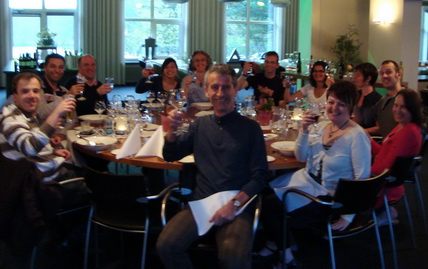
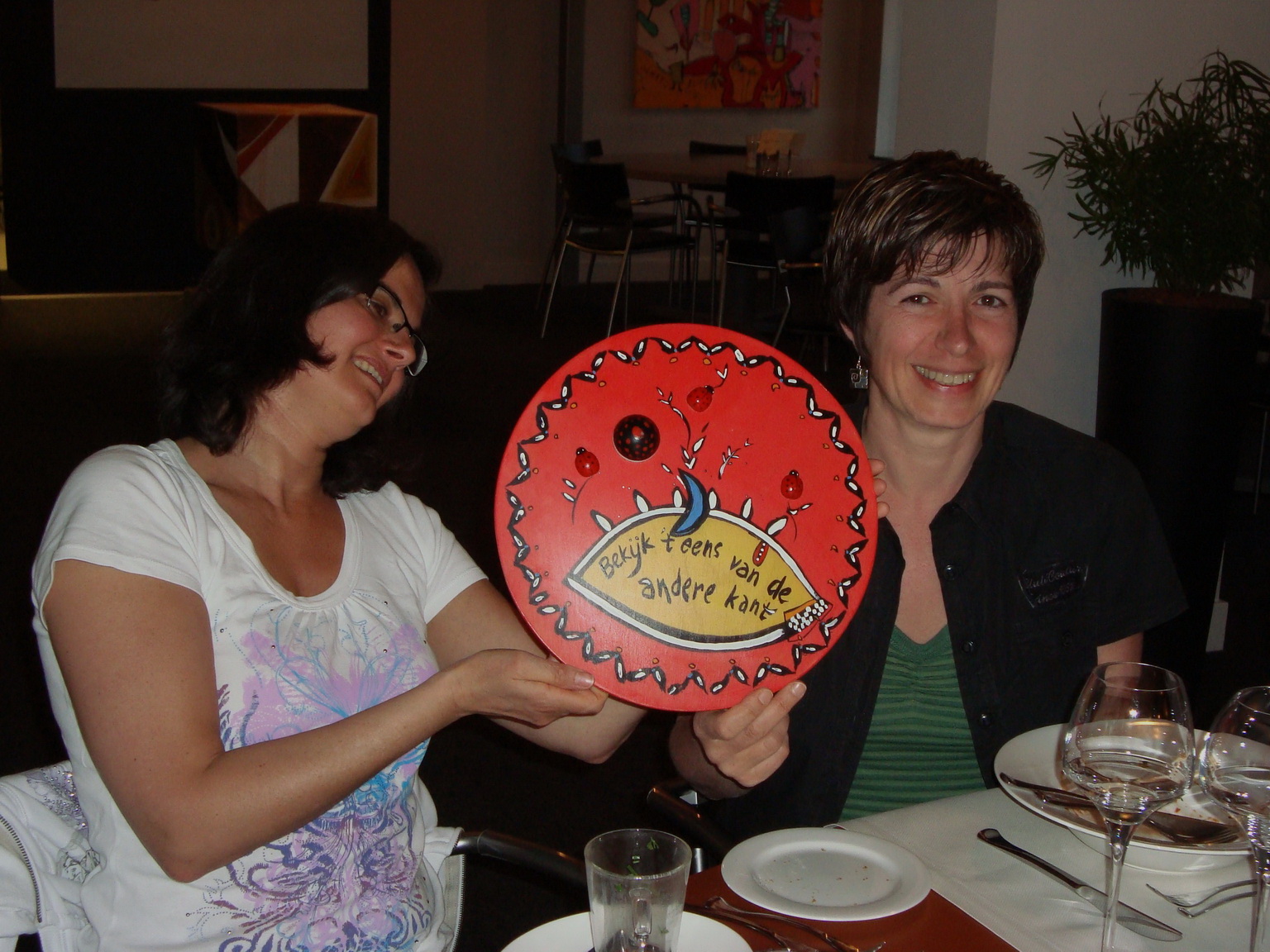

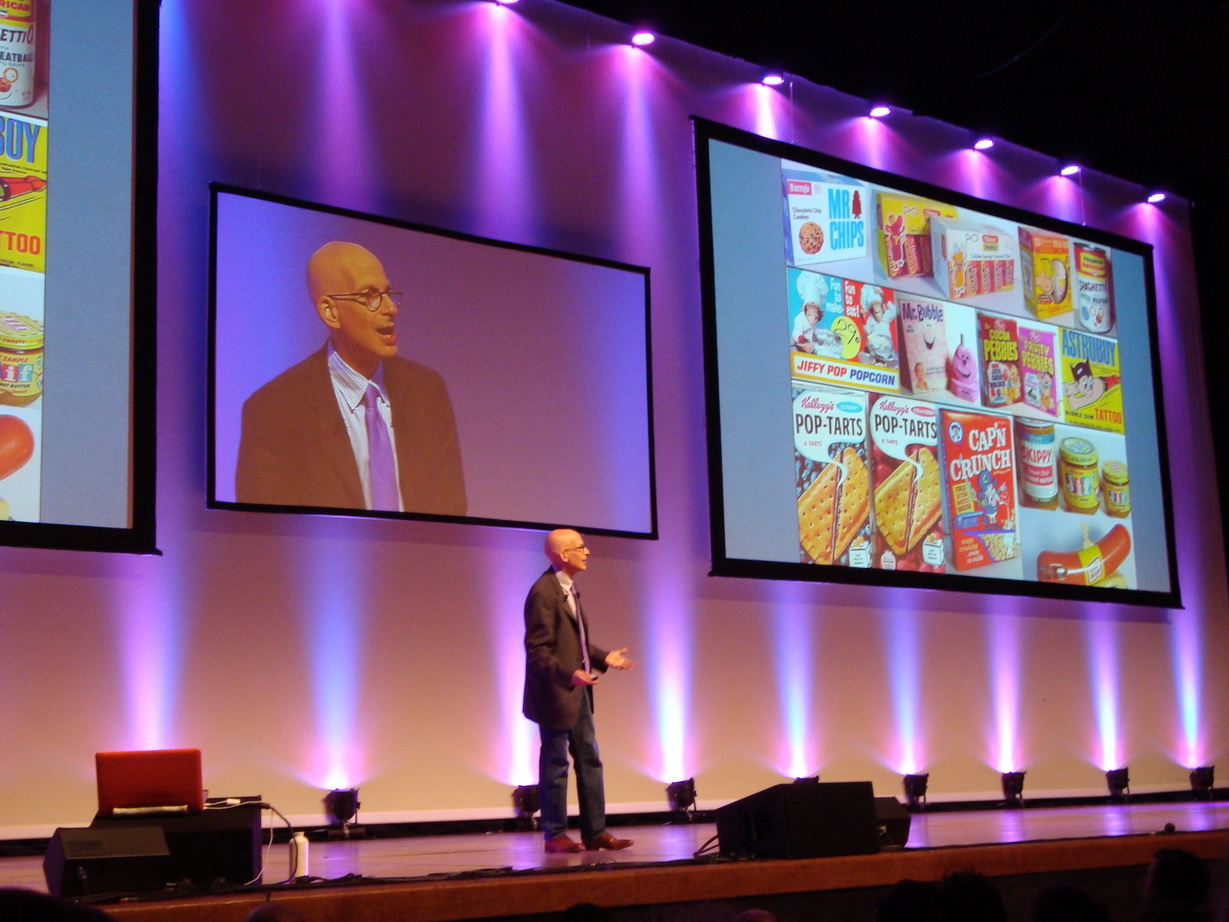
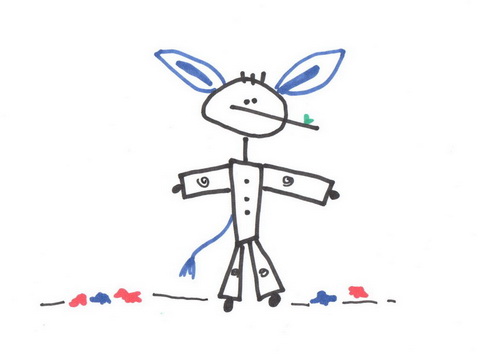
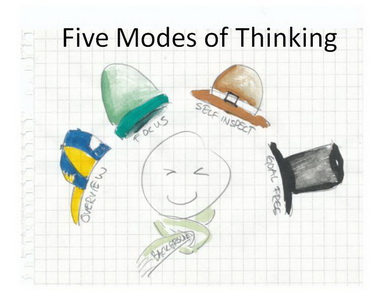

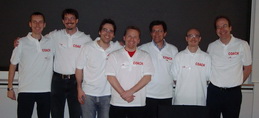
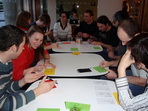
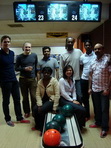 ‘I wish to learn more in 2009 than I did 2008.’ I learnt that the best way to keep learning is with a little help from my friends! I also re-learnt that I need to be more patient and respectful to others and with myself.
‘I wish to learn more in 2009 than I did 2008.’ I learnt that the best way to keep learning is with a little help from my friends! I also re-learnt that I need to be more patient and respectful to others and with myself.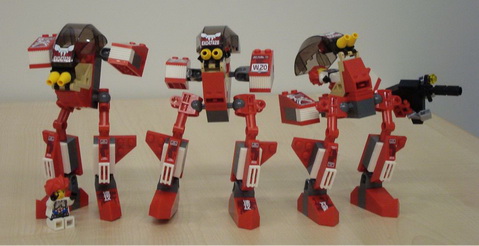
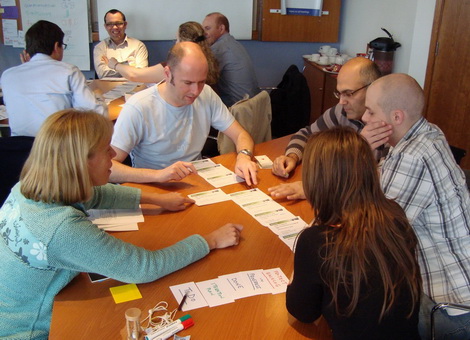 in applying Agile at work (including emergn’s version of the ubiquitous XP Game by
in applying Agile at work (including emergn’s version of the ubiquitous XP Game by 
